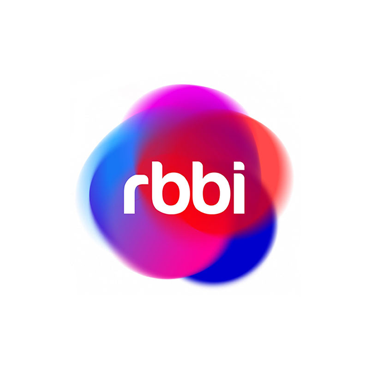Speakers

Amol Kadam
RBBi

Klaus Hofer
CAT-i

Johannes Robier
Youspi

Russ Wilson

Joe Lanzisero
Creative Consultant

Craig Tomlin
www.usefulusability.com

Kwan Min Lee
Nanyang Technological University
Agenda
08:00 Am
Registration & Networking
Getting to know the team
09:00 Am
Opening
Opening by local representative of the host organisation
09:15 Am
Human Evolution and User Experience
In this talk, I will explain how human evolution has shaped the way how we respond to and interact with media and information technologies in certain ways. After that, I will explain how our understanding of such influences of evolution can be effectively applied to the design of successful ICT (information and communication technologies) products and interfaces. I propose that in order to design innovative IT products, we need to understand and develop the following four things (1. Evolutionary responses to technology form factors; 2. Sensor technologies to understand users; 3. Technologies manifesting machine’s wills and desires; 4. Social interfaces). Examples come from both my academic and industry works spanning from evolutionary psychology to current directions in smart media design by Samsung.
10:00 Am
State of UX in the Middle East
10:45 Am
Break
11:15 Am
Using Behavioral UX and Usability Data to Optimize Websites
This session will teach you how to combine two typically separate sources of data (behavioral data and usability testing analysis) into a powerful single tool that helps you improve your website and increase conversion and ROI. The combination of the ‘what’ data of website activity, coupled with the ‘why’ data of usability testing, provides a complete 360 degree view into what’s causing poor performance, where your website can be optimized, and how it can be improved. This session is ideal for anyone who wants to combine the power of quantitative data with the insights provided by qualitative data to improve website results.
12:00 Pm
How to design a 'NASA product of the year' and our learnings out of it
We all are UX Designers. We do our best, but are there any indicators for success to create an awesome product and win awards? Are there indicators for a better user acceptance? In my speech I will describe how we developed the Dewetron’s NASA product of the year, where we focused on, and what are the key success factors for a great product. We all are able to create successful global products.
12:45 Pm
Lunch Break
01:45 Pm
UX errors can kill people! Safety and documentation cannot be separated.
The tools of current technical documentation practices are insufficient to serve the needs of users under stress. In many instances these well written and beautifully designed products expose your operations personnel to unnecessary risks that lead to performance errors. Only by incorporating the principles of human cognitive processes and behavior patterns in our behavior guiding documentation can we measurably reduce these risks. This applies to all behavior guiding documents such as:
- Standards
- Procedures
- Processes
- Guidelines
Usability engineering behavior guiding documentation has become an essential skill set for document developers.
We envision the day when no operator anywhere in the world has to perform a procedure that does not follow the principles of human cognition and behavior. Safety and Documentation cannot be separated.
02:45 Pm
Designing Experiences Through Story
I will explain how story and myth are key to defining the human experience and how we can use story to guide the design of anything where human engagement with the product is key. Story can be manifested as subtext, and as narrative. Each informs design choices differently. Story as subtext is where story is developed as a manifesto for use by design teams to coalesce ideas and create unity and focus while not necessarily being 100% obvious to the end user, but has a sub conscience effect. Story as narrative is where the story is front and center in the experience design and unfolds to the user much like a book or movie. I will provide examples of each from projects I’ve worked on around the world.
03:30 Pm
Break
04:00 Pm
The Top 3 Problems in UX Design and how to solve them.
05:00 Pm
Skills Catalogue of Lessons Learned
06:00 Pm
Speakers invite all participants to join them for an open discussion with snacks and refreshments.
Partners
Would you like to be a part of our network of partners just write to us at info@rbbideas.com
Venue
AstroLabs Dubai
Cluster R, Parkside Retail Level, JLT - Dubai



